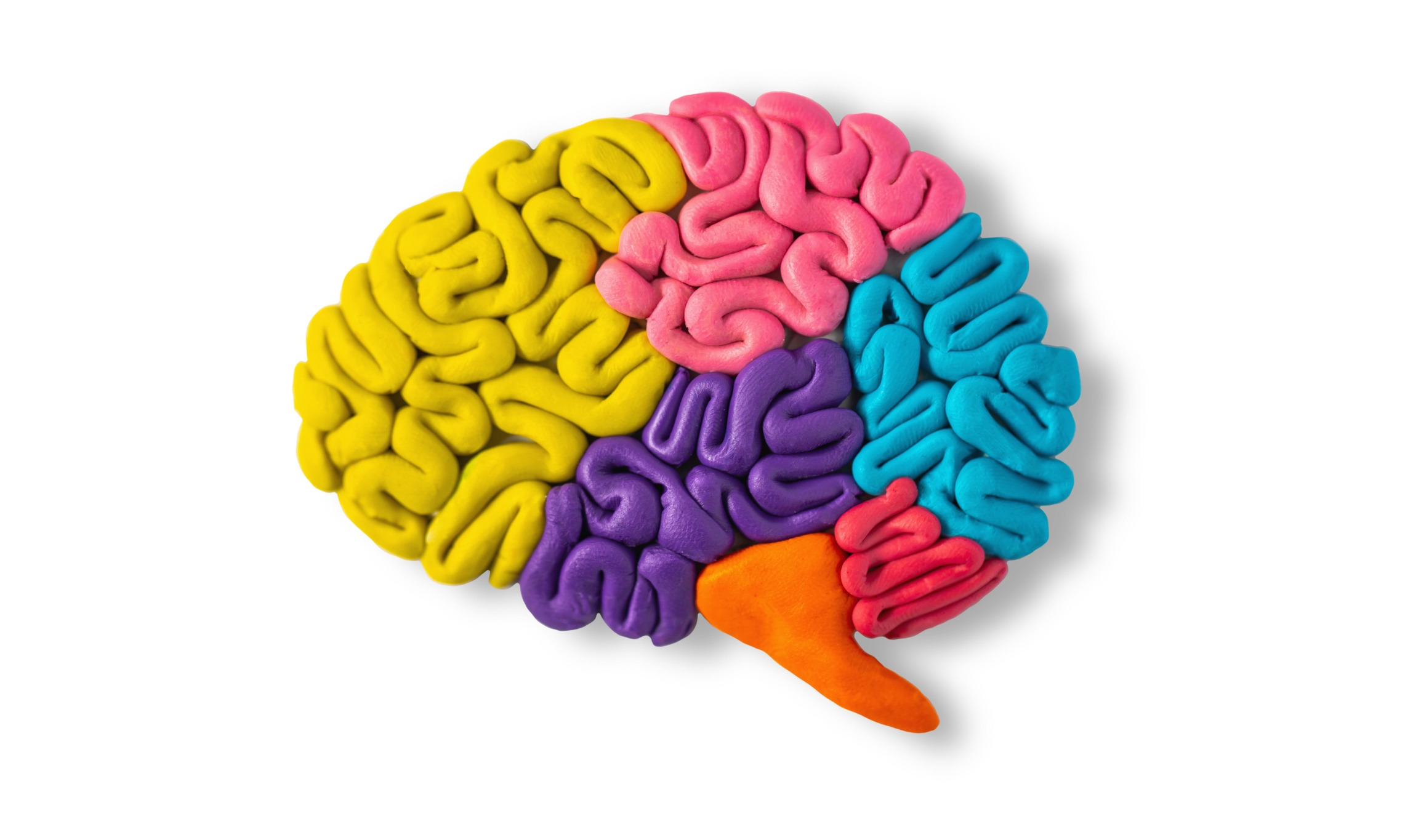2 October 2025 News
Findings from research jointly funded by the MND Association, MND Scotland, and My Name'5 Doddie Foundation have provided new understanding of the potential link between traumatic brain injury (TBI) and the risk of motor neurone disease (MND).
Drawing on health records from more than 340,000 adults across the UK, the T-MND study found individuals with a history of TBI were more than twice as likely to receive an MND diagnosis compared with similar individuals without a TBI history. However, this increased risk was confined to the first two years following injury and after this period, no long-term increase in risk was observed.
As this increased risk was predominantly seen in the two years immediately after the injury it suggests that, in some cases, TBI might actually be the results of early signs of MND rather than a cause of the disease. For example, before they are diagnosed, someone with the earliest stages of MND may be unsteady on their feet leading to a risk of falls.
The investigation was conducted using UK-wide electronic health records between 2005 and 2020 and represents one of the most comprehensive population-level studies on this topic to date.
These observations highlight the very complex relationship between head injury and risk of MND. The possibility that TBI might be an early indicator of developing MND is an important finding and might suggest increased surveillance in highest risk patient populations may be of benefit.
Dr Willie Stewart, Consultant Neuropathologist and study lead
The possible association between TBI and MND has been of interest for many years, particularly following publications that showed higher rates of MND among former contact sports players, such as rugby and football professionals.
MND is a fiendishly complex disease, with a combination of many factors, both genetic and environmental, likely to collectively contribute to the risk of developing the disease. Previous studies exploring the possible link between TBI and MND have tended to be small and have focused on participation in specific contact sports.. This latest study is important in that it extends the investigation to what is happening in the wider general population.
We don’t know when the disease first starts, but we do know that it could be years before the first outward physical symptoms appear. Dr Stewart and his colleagues are therefore correct to caution us that TBI may actually reflect an early ‘consequence’ rather than a ‘cause’ of MND due to the increased likelihood of falls as motor neurons first become vulnerable.
These latest findings do not allow a strong conclusion to be made, but do provide the basis for further research. For example, a detailed investigation into whether specific sites of brain injury can be linked with the precise location of the earliest physical symptoms of MND in the muscles would help us further understand to what, if any, extent TBI increases MND risk.
Dr Brian Dickie, Chief Scientist at the MND Association
The full article, Traumatic Brain Injury and Risk of Amyotrophic Lateral Sclerosis, is available open access via JAMA Network Open.
